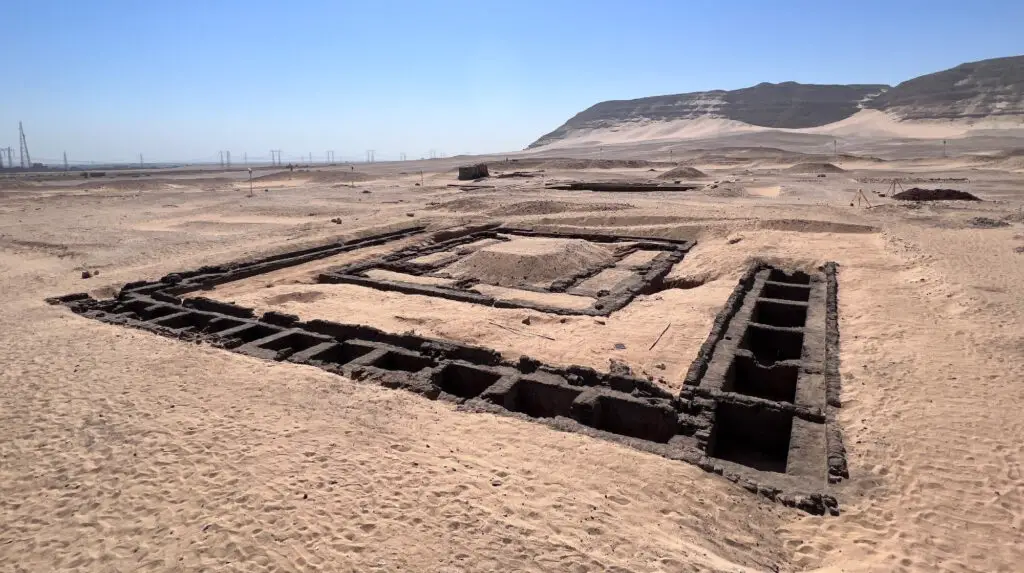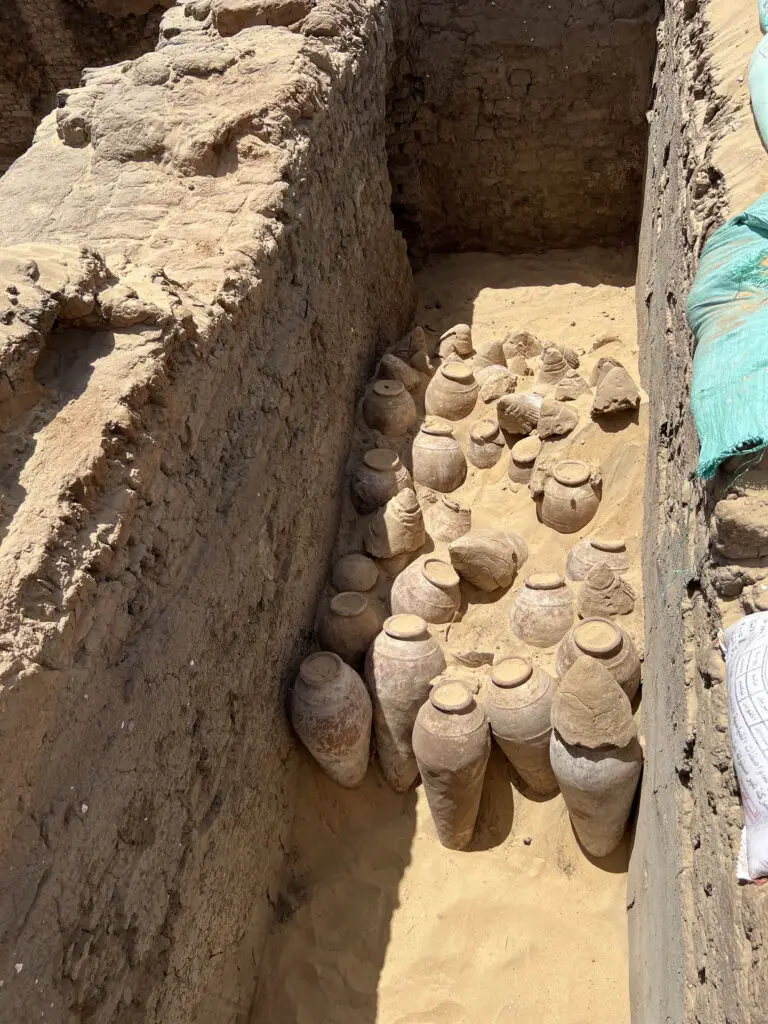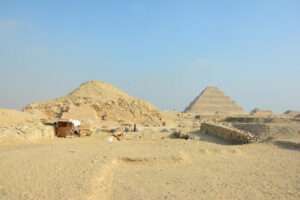Secrets of Egypt’s first-ever female pharaoh have been unearthed after archaeologists unlocked hidden treasures of her ancient royal grave.

The status of Queen Meret-Neith, a former consort in Egypt’s First Dynasty, has always been a royal mystery to historians.
Now, scientists say, new finds at her 5,000-year-old tomb in Abydos show she was just as important as any of the male pharaohs.
Archaeologists have unearthed a hoard of hundreds of ancient wine jars, some still with their original seals.
Inscriptions on the jars show Meret-Neith held a powerful position in Egyptian politics.
Study head Christiana Koehler explained through Austria’s University of Vienna: “The archaeological team found evidence of a massive amount of grave goods, including hundreds of large wine jars.
“Some of them were in very good condition and even had their original seals. Remains of 5,000-year-old wine were found inside.
“Additionally, inscriptions provide evidence that Queen Meret-Neith was in charge of key government offices such as the Treasury, supporting the idea of her special historical significance.”

The queen is the only woman to have her own monumental tomb in Egypt’s first royal cemetery and was probably the most powerful woman of her time.
The university added: “Her true identity remains a mystery. The new excavations are uncovering exciting new information about this unique woman and her time.”
Koehler explained that Meret-Neith’s burial chamber in the ancient desert city includes not only her tomb but also the graves of 41 courtiers and servants.
It was built from unfired mud bricks, clay, and wood and it emerged that the tombs were built in several phases and over a long period of time.
The university said: “This observation, together with other evidence, radically calls into question the idea of ritual human sacrifice as part of the royal burial in the First Dynasty, often suspected in early research but never actually proven.”



